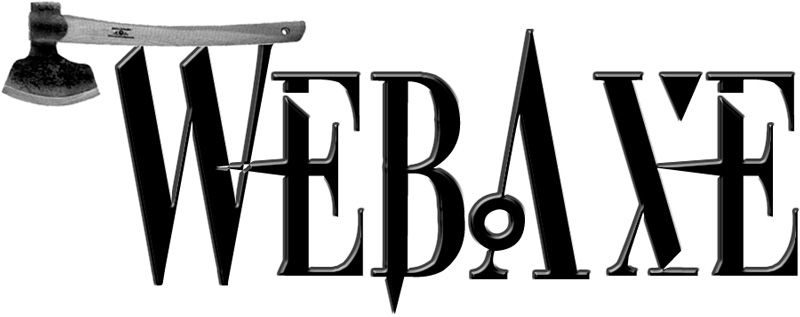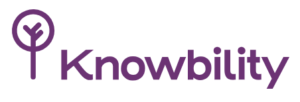As you may know, WCAG 2.1 was recently published as a Recommendation (see my WCAG 2.1 post in this past June). It adds 1 new guideline (2.5 Input Modalities) and 17 new success criteria.
To help understand the new criteria, check out this excellent “Exploring WCAG 2.1” article series on the Knowbility website and written by Becky Gibson.
- 1.3.4 Orientation
- 1.3.5 Identify Input Purpose
- 1.3.6 Identify Purpose
- 1.4.10 Reflow
- 1.4.11 Non‑text Contrast
- 1.4.12 Text Spacing
- 1.4.13 Content on Hover or Focus
- 2.1.4 Character Key Shortcuts
- 2.2.6 Timeouts
- 2.5.1 Pointer Gestures
- 2.5.2 Pointer Cancellation
- 2.5.3 Label in Name
- 2.5.4 Motion Actuation
- 2.5.5 Target Size
- 2.5.6 Concurrent Input Mechanisms
- 4.1.3 Status Messages
Overall: Welcome, WCAG 2.1! The Web Content Accessibility Guidelines get an update.
More WCAG 2.1 articles
- Axe-core gets WCAG 2.1 rules by Deque Systems.
- Webinar Sep. 26, 2018 “What you need to know about WCAG 2.1 by Léonie Watson.
- WCAG 2.1: An Evening With Andrew Kirkpatrick, Head of Accessibility at Adobe, YouTube recording from A11yNYC Meetup Sep. 11, 2018.
- Improving web navigation for speech recognition users – about Success Criterion 2.4.12 Label in Name (Level A) by Intopia.



